Overview
Custom leg orthoses are specially-made devices designed to support and enhance mobility for individuals with various leg-related conditions. These orthotic devices are worn over the leg.
Custom leg orthoses offer several important features tailored to the individual’s needs. First and foremost, they provide a personalized fit based on precise measurements and leg molds or 3D scans of the leg. The choice of materials is carefully considered, with options such as lightweight plastics, carbon fiber, or thermoplastics, each serving specific purposes. Proper alignment is key, ensuring effective support, stability, and biomechanical correction. Orthotists strategically design trim lines to balance support and flexibility. Lastly, patients can personalize their orthoses by selecting colors and designs that resonate with their style and preferences .
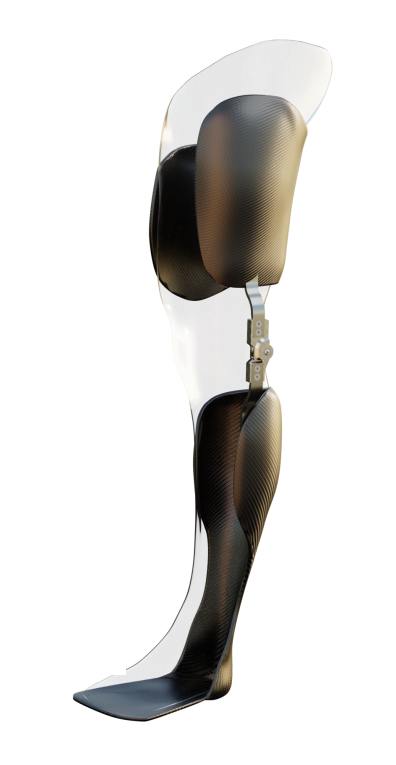
Who can benefit?
There is no specific disease that make a patient qualify for an orthosis. Lower limb orthoses can help with various symptoms, such as: leg weakness or paralysis, joint instability, deformities, muscle tone, etc. Here is a selected list of clinical conditions, which may lead to some of those symptoms:
You should consult a qualified clinician if you would like to find out if an orthosis is for you.
Benefits
Even though there are clear benefits from lower limb orthoses, given that every case is different, you should always consult a qualified clinician, who will explain all benefits and tradeoffs of an orthosis for your individual case.
How do they work?
Custom lower limb orthoses play a crucial role in assisting individuals with various conditions affecting their legs and feet. Here’s how they work:
- Stability and Support:
- Orthoses provide stability to weakened or impaired joints and muscles.
- By controlling range of motion, they prevent excessive movement that could lead to pain or further damage.
- Alignment and Correction:
- Orthotic devices help maintain proper alignment of joints and bones.
- For example, an ankle-foot orthosis (AFO) corrects foot drop by supporting the ankle and preventing the foot from dragging during walking.
- Weight Distribution and Offloading:
- Orthoses distribute body weight more evenly across the lower limb.
- They offload pressure from specific areas, reducing discomfort and preventing pressure sores.
- Gait Improvement:
- Orthotics assist with walking patterns and gait.
- They compensate for muscle weakness, improve balance, and enhance overall mobility.
Types of lower limb orthoses
Foot orthosis (FO)
- Primarily focuses on foot support and alignment.
- E.g. used for conditions like plantar fasciitis, flat feet, or foot deformities.
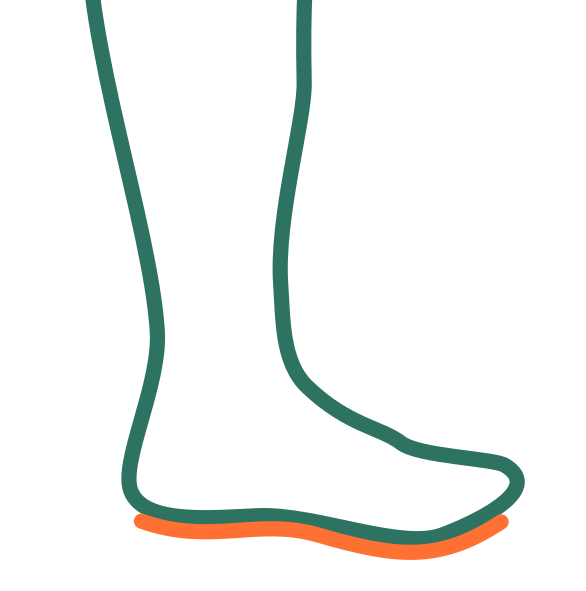
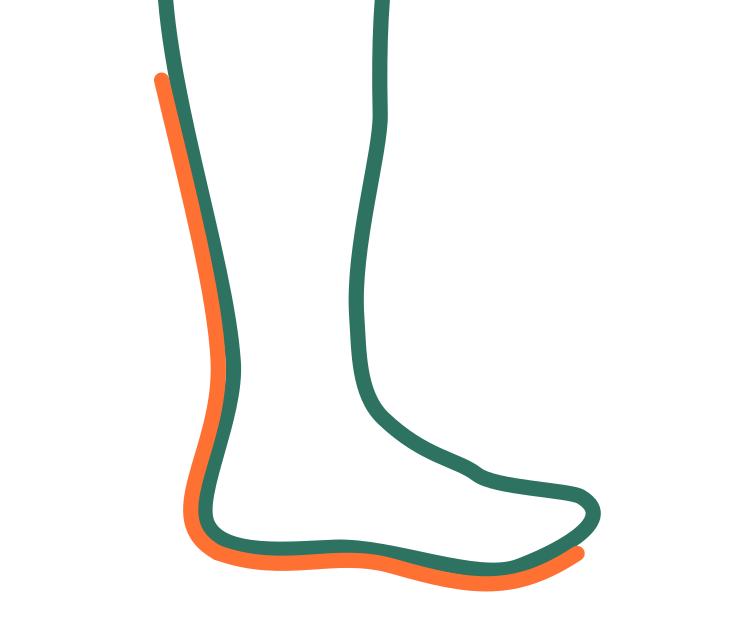
Ankle-Foot Orthosis (AFO)
- AFOs provide support and control for the ankle and foot.
- E.g. used for conditions like drop foot, ankle instability, or gait abnormalities.
- Available in various designs, including solid, hinged, and dynamic AFOs.
Knee Orthosis (KO)
- Provides stability and protection for the knee joint.
- E.g. used post-surgery, for ligament injuries, or osteoarthritis.
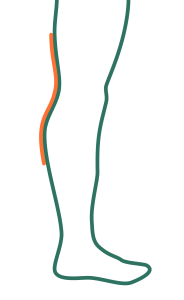
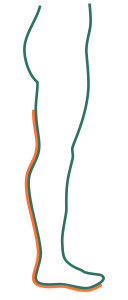
Knee-Ankle-Foot Orthosis (KAFO)
- KAFOs control the joints of the lower limb, including the knee, ankle, and foot.
- Stance Control KAFOs (SC-KAFOs) help with walking, by supporting the knee in stance and releasing in swing.
- E.g. used for extensive weakness or paralysis in the lower limbs.
- Provides stability, alignment, and support.
Hip Orthosis (HO)
- Supports the hip joint and pelvis.
- E.g. used for hip dislocations, dysplasia, or post-surgical stabilization.
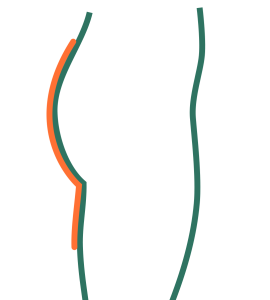
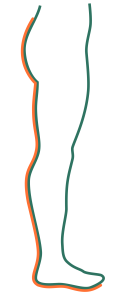
Hip-Knee-Ankle-Foot Orthosis (HKAFO)
- HKAFOs extend from the hip down to the foot.
- Mostly static devices with locked or rigid joints.
- Aim to support the trunk and lower limbs.
- E.g. used in cases of severe weakness or paralysis.
Summary
Custom lower limb orthotic braces can help with various limb diysfunctions. They are custom devices tailor-made for the specific needs of the patient. Clinical assessment by a qualified orthotist is essential.
Information provided on this website is purely informative and should not be treated as medical advice. Contact a qualified clinician for medical assessment relevant to your specific case.
